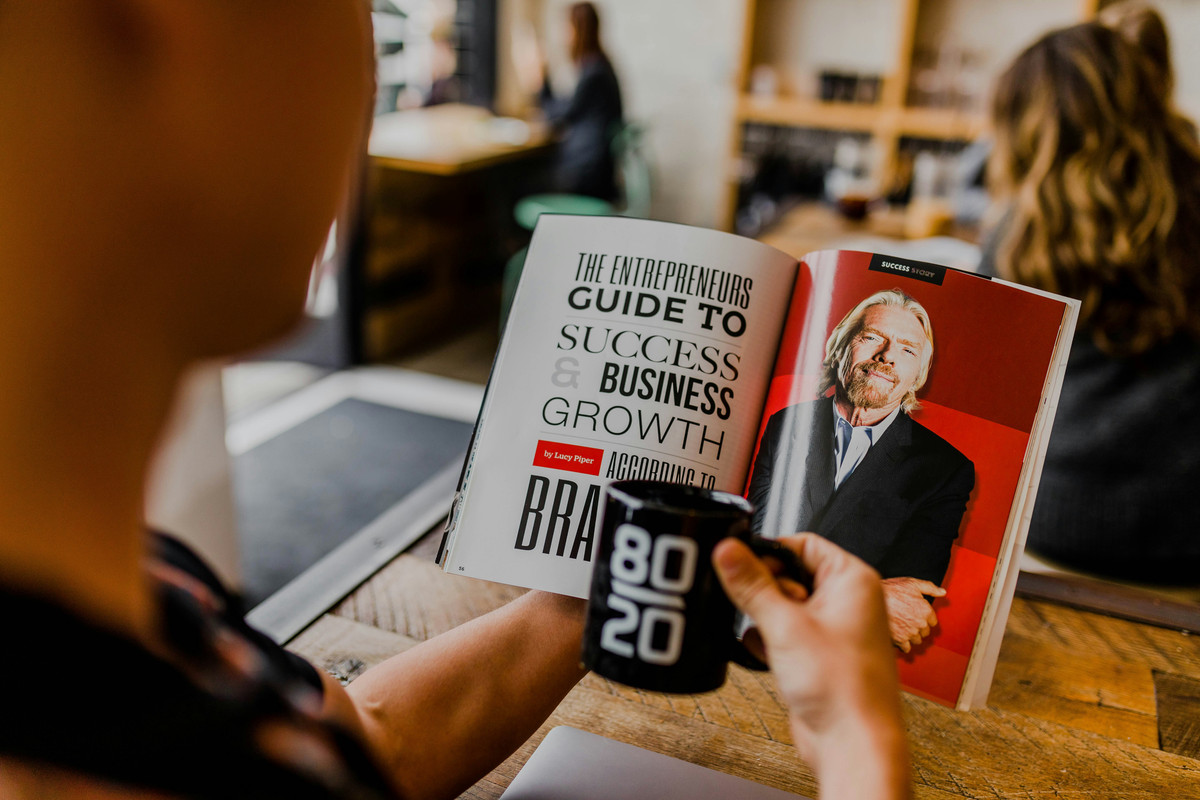5 Email Storytelling Tips To Sell More

Tired of emails that read like boring sales pitches? What if they could be as captivating as a short story or movie?
If you’re getting low engagement in your emails – there is a solution.
Email storytelling.
And it's not as impossible as it sounds. With a few simple tweaks, you can transform your emails into engaging narratives that keep readers hooked.
Story-driven email campaigns are the key to cutting through crowded inboxes and boosting your results. Think of them as mini-blockbusters delivered straight to your subscribers.
In this guide, we'll share seven surefire ways to infuse your emails with the power of story and make them truly irresistible. Get ready to say goodbye to boring emails!
1. Understand the Anatomy of a Story-Driven Email
The biggest difference between a regular email and a story-driven email is how they make you feel. A regular email might be informative, but it doesn't stir up emotion like a story does.
Let’s put it this way:
- Regular Email: Imagine an email with the subject line, "New Summer Collection Available!" It probably lists out different clothing items, has a few generic sale phrases, and a big "Shop Now" button. It gets the point across, but it's not exciting.
- Story-Driven Email: Now, imagine an email titled "How Susie Discovered Effortless Summer Style." It opens with a description of a scene – a relaxed beach barbecue with friends. The focus is on Susie, a single customer who's always struggled to find breezy outfits she feels confident in. The email tells me how this new collection solves her problem, and she's finally loving her summer look.
See the difference?
The story-driven one has characters (the customer struggling with her wardrobe), a small conflict (not feeling summer-ready), and a resolution (finding clothes that change that). Even with just a few lines, you go on a little journey that helps you connect with the brand.
2. Mine Your Brand for Stories
There’s a misconception that “ email storytelling” only applies to B2C, not B2B marketing.
That couldn’t be further from the truth.
Let’s look at an example. Imagine a brand that helps businesses streamline their accounting processes – not exactly the stuff of thrilling narratives, right?
Not so fast.
Here are just a few ways you could liven up your emails with some brand stories:
- Customer Success Stories: How about a case study of the company who cut their invoicing time in half thanks to your software? But you don’t want to simply share facts and figures. How about interviewing their finance team and sharing the story of how our software changed their day-to-day work lives? Less stress, faster processes, more time for strategic tasks... that's a story other finance teams can relate to.
- Overcoming Failures: This feels riskier, but think back to the early days of developing a particular feature. Maybe there were setbacks, and you had to completely pivot. You could re-frame that as a story of resilience and problem-solving. That might resonate with businesses that face similar technical challenges.
- Your Founding Moment: Why did the founders create this software in the first place? Was it to solve a pain point they'd experienced in their previous jobs? That could be inspiring for clients, showing that you really understand the challenges they face because you've been in their shoes.
3. Use Simple Story Structures
The hero’s journey is one of the most common types of story structure and works well for email campaigns. The basic plot is a hero has a call to adventure (problem or pain point) that they desperately need to address. They face challenges along the way, but eventually get there, usually with the help of a guide. By the end of the story, their lives are transformed.
It’s used in books and movies all the time, but you can make a less epic version for your email storytelling by using the following basic structure:
- Email 1: Focus on the “Call to Adventure” and the struggles they're facing.
- Email 2: Introduce our company as the “guide”, providing hints at the solution.
- Email 3: The transformation! Highlight success and how you help them transform.
Other similar story structures include:
- Before-After-Bridge: Use the 'Before' to describe a typical pain point your clients face (e.g. slow, error-prone manual processes). The 'After' paints the picture of how your solution makes their lives easier. Then the 'Bridge' is your specific solution – the features that actually help them get from A to B.
- Problem-Agitation-Solution: This is similar, but the "Agitation" part makes it stronger. You could really dig into the frustration of the problem, not just describe it. For example, "Tired of late nights fixing spreadsheet errors? Fed up with delayed payments due to invoice bottlenecks?" Adding the emotional element might make people feel seen.
4. Showcase Your Brand's Heart
Showing a bit of personality and heart in your emails can go a long way to getting more engagement. Personal, human stories resonate well with people.
One idea is to send out a welcome series that includes mini-stories instead of a generic “Thank you for signing up” email. You could tell the story of how your company started out by tackling your own messy project workflows, for instance. Showing customers that you were just like them is a great way to build a bond.
Communicating your brand values will also help to get people onside. Make sure to show, not just tell. For example, share a spotlight series that shows how your internal teams collaborate in creative ways. This shows action, not just words.
Finally, a regular newsletter that shares mini-stories from your company, industry, or the bigger picture can be a good opportunity for more personal interaction.
5. Balance Creativity with Your CTA
Sometimes with really creative marketing and email storytelling, the main goal gets lost in the excitement. You still need sales and leads – a cool story alone won't pay the bills!
Here's a couple of ways to make sure you balance creativity with your call to action (CTA):
- The Natural CTA: If your email story focuses on a specific client pain point, and you clearly present your product as the solution, does the CTA need to be super fancy? The call to "Learn More" or "Book a Demo" might be enough and feel like the obvious next step for interested readers.
- CTA as Part of the Story: You can make the CTA itself a mini-ending to the story. Instead of "Book a Demo" maybe it's more like, "Ready to write your own productivity success story?" – still a clear ask, but it ties back to the narrative.
How To Use Email Finder Tools To Find People Interested In Your Stories
While your primary focus might be email storytelling for your existing audience, email finder tools can be a helpful tool for expanding your reach and finding new potential readers. Keep these things in mind when using these tools for this specific purpose:
Niche Targeting
The more specific your content niche, the easier it'll be to find relevant prospects. For example, if your stories focus on productivity for small businesses, you can tailor your searches accordingly.
Search by Role & Industry
Look for job titles or titles relevant to your target audience. This helps you find the people most likely to be receptive to your stories.
Focus on Engagement
Prioritize leads who are already active online, as they're more likely to share and interact with your content.
Warm Introduction
It’s a good idea to personalize your initial outreach email. Reference a piece of their writing, social media content, or their company's recent work to show you've done your research. Position your stories as something that would genuinely add value to their audience.
Using email finder tools and email verifier tools can really boost your email storytelling campaigns, but make sure to choose the right one.
Minelead.io is your all-in-one solution:
- Find the Right Prospects: Our powerful email finder lets you search by niche, industry, and job titles, so your stories reach the most receptive readers.
- Verify for Success: Ensure your carefully crafted emails don't bounce with our email verifier, guaranteeing a healthy sender reputation.
- Integrate Seamlessly: Minelead.io works with your favorite platforms, simplifying your workflow.
Try Minelead.io for free today.
Image credit: Photo by Austin Distel on Unsplash

















